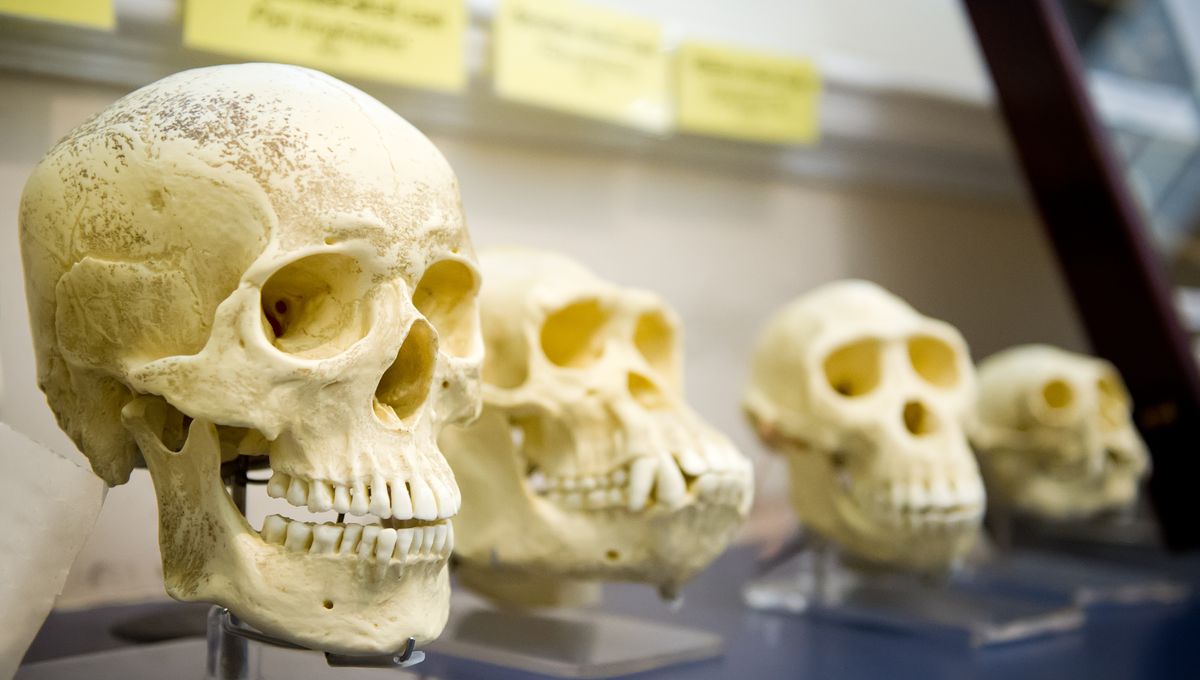
Were you to time travel to Asia in the late Middle and early Late Pleistocene periods, some 300,000 to 50,000 years ago, you would discover a melting pot of different human species – from the diminutive Homo luzonensis in the Philippines to the Homo longi (or ‘dragon man) inhabiting the frigid climes of Northern China. Now, scientists believe they have discovered a new human species that they have named Homo juluensis.
Homo juluensis would have roamed the woodlands of northeastern China, hunting horses and crafting tools from stone. According to the researchers, the species may also have processed animal hides in order to survive.
Intriguingly, the study authors believe another group of early humans, the Denisovans, are not a separate species but members of Homo juluensis. Remains of Denisovans are notoriously sparse and their origins remain mysterious. According to the study, comparative analyses of Denisovan fossils to those of Homo juluensis presented similarities in the jaws and teeth that suggest a certain level of familial resemblance. However, as the researchers themselves explain, more research is needed in order to confirm the relationship.
This study adds to a growing body of research highlighting the diversity of species in the region during the late Middle and early Late Pleistocene periods. As archaeologists continue to unearth new fossils and the hominin fossil record continues to expand, the complexity of human life is proving to be greater than previously realized. In addition to Homo luzonensis and Homo longi, there was Homo erectus, a species who migrated from Africa, and Homo floresiensis, a hominin that lived in Indonesia and was nicknamed ‘the hobbit’ thanks to its childlike stature. As these species met and mingled, it is clear there was some extracurricular activity that has left ancient hominin DNA in modern humans.
The research that has led to the possibility of a new hominin species, Homo juluensis, hinges on a detailed study of fossils discovered in Xujiayao and Xuchang, northeastern China, during the 1970s. Remains from the skull and teeth have been dated and are believed to be somewhere between 200,000 and 160,000 years old. Scientists involved in the study say the findings help remove some of the confusion that has existed about the various hominin species that existed in the area at that time.
“This study clarifies a hominin fossil record that has tended to include anything that cannot easily be assigned to Homo erectus, Homo neanderthalensis or Homo sapiens,” Professor Christopher J. Bae from the University of Hawaiʻi at Mānoa’s Department of Anthropology said in a statement.
“Although we started this project several years ago, we did not expect being able to propose a new hominin (human ancestor) species and then to be able to organize the hominin fossils from Asia into different groups.”
This is an exciting finding but further research will need to be done before we can say with any certainty that there is a new species of hominin to add to our family tree.
The study is published in the journal Nature Communications
Source Link: Have We Uncovered A New Species Of Ancient Humans?